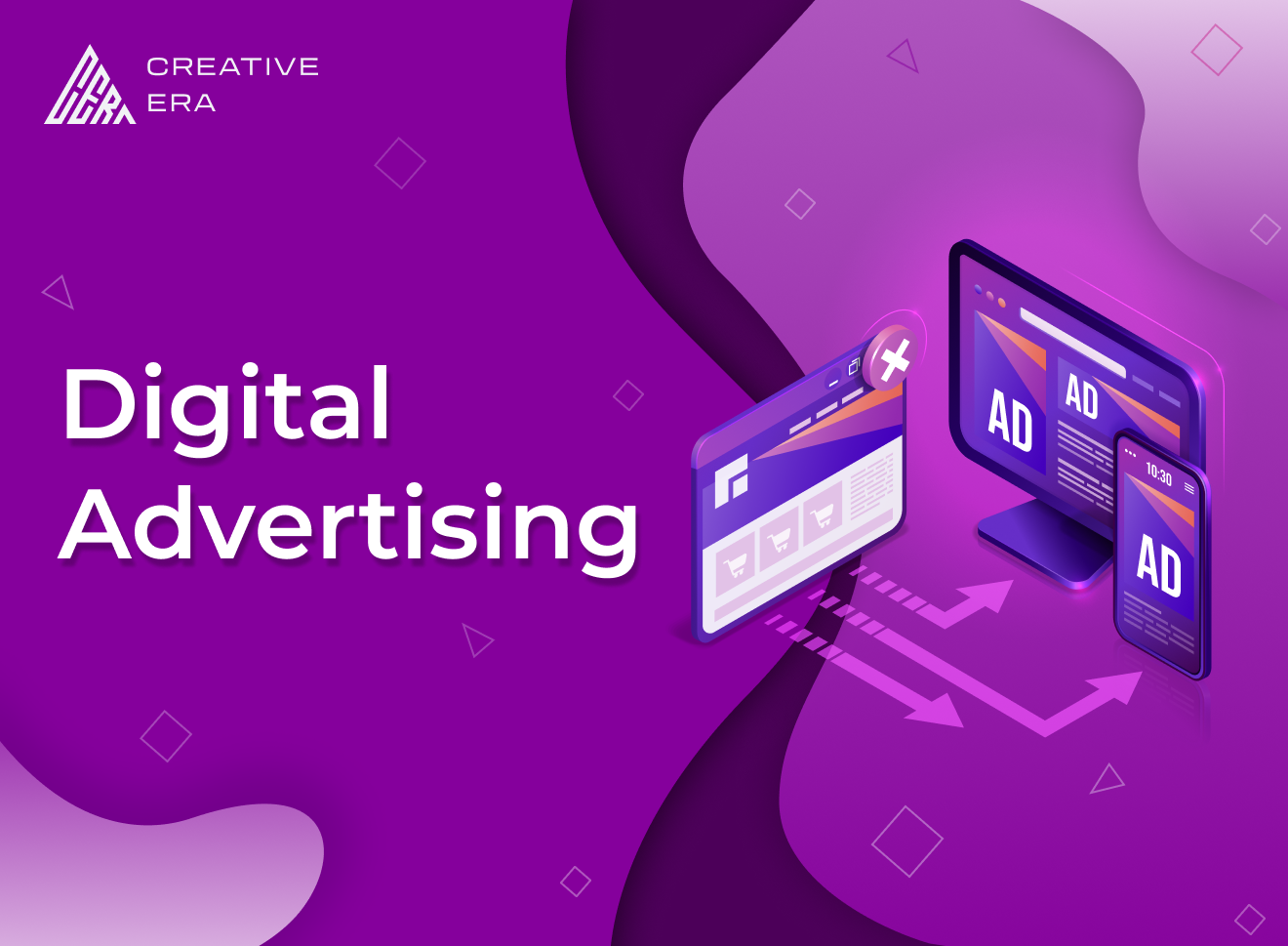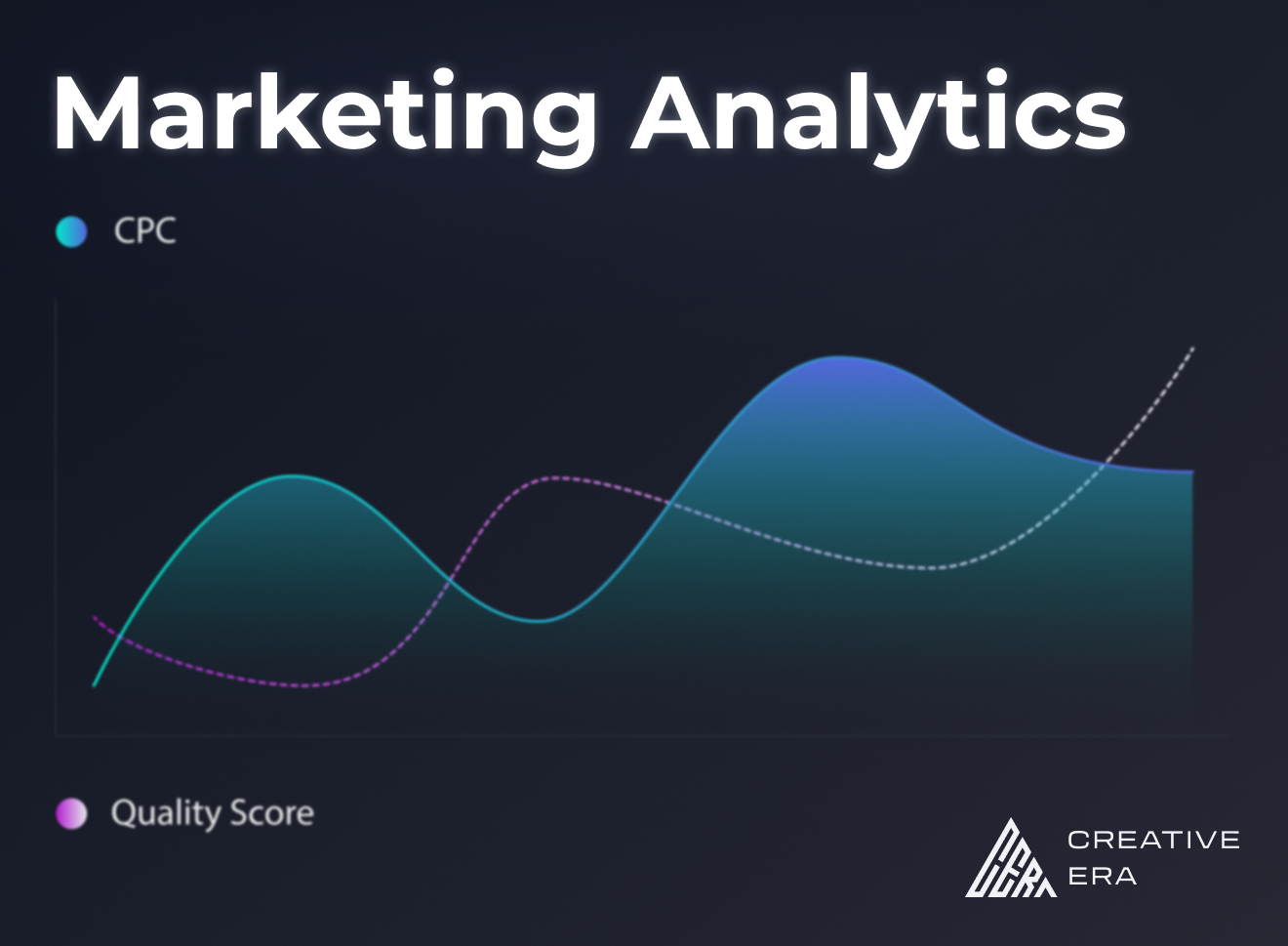Unveiling the Latest Digital Advertising Trends: Staying Ahead in the Evolving Landscape
The world of digital advertising is constantly evolving, presenting marketers with new opportunities and challenges. To succeed in reaching and engaging target audiences, it’s crucial to stay up to date with the latest digital advertising trends. In this article, we’ll explore some of the cutting-edge trends that are reshaping the advertising landscape and provide insights into how you can leverage them to maximize your marketing efforts.
- Programmatic Advertising: The Future of Ad Buying:
Programmatic advertising has revolutionized the way ads are bought and sold. Powered by artificial intelligence and machine learning algorithms, programmatic advertising enables real-time bidding and precise targeting, optimizing ad placements across various channels. Explore the benefits of programmatic advertising, such as improved efficiency, cost-effectiveness, and granular audience targeting.
- Native Advertising: Seamlessly Integrating with User Experience:
Native advertising has gained significant traction due to its ability to blend seamlessly with the user experience. By mimicking the form and function of the platform on which they appear, native ads offer a non-disruptive and engaging way to deliver branded content. Discover how to create compelling native ad campaigns that resonate with your audience while maintaining transparency and adhering to ethical guidelines.
- Video Advertising: Captivating Audiences with Dynamic Content:
Video advertising continues to dominate as one of the most engaging and effective formats. With the rise of video streaming platforms and social media, brands have an opportunity to captivate audiences through compelling video content. Explore different types of video ads, such as in-stream, out-stream, and social media video ads, and learn how to optimize them for maximum impact.
- Emerging Platforms: Expanding Reach and Engagement:
Stay ahead of the curve by exploring emerging platforms that offer unique opportunities to connect with your target audience. Platforms like TikTok, Clubhouse, and other social media newcomers are gaining popularity and offer innovative ways to engage users. Understand the demographics and user behavior on these platforms, and strategize how to leverage their features to drive brand awareness and conversions.
- Personalization and Dynamic Ads: Tailoring Messages to Individuals:
In an era of data-driven marketing, personalization has become paramount. Dynamic ads allow you to customize ad content based on individual user preferences, behaviors, and demographics. Dive into the power of personalization and dynamic ads, and learn how to leverage data to deliver tailored messages that resonate with your audience, driving higher engagement and conversion rates.
- Privacy and Data Protection: Navigating the Changing Landscape:
As privacy regulations evolve, marketers must navigate the landscape carefully. Understand the impact of regulations such as the General Data Protection Regulation (GDPR) and the California Consumer Privacy Act (CCPA) on digital advertising practices. Learn how to balance personalization and targeting with user privacy, transparency, and consent, ensuring compliance while delivering effective ad campaigns.
- Voice Search and Voice-Activated Ads: Optimizing for Voice Assistants:
With the increasing popularity of voice assistants like Amazon Alexa and Google Assistant, optimizing for voice search and voice-activated ads has become vital. Explore voice search optimization techniques, understand user behavior and intent when using voice commands, and strategize how to create voice-activated ad experiences that capture attention and drive conversions.
To thrive in the fast-paced world of digital advertising, marketers must embrace and adapt to the latest trends. By harnessing the power of programmatic advertising, native ads, video content, emerging platforms, personalization, and voice-activated ads, you can stay ahead of the competition and effectively reach your target audience. Keep a pulse on the evolving landscape, experiment with innovative strategies, and continuously refine your approach to maximize the impact of your digital marketing efforts.



